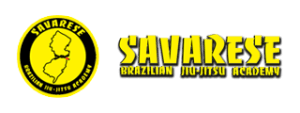Guard theory for BJJ
Guard theory for BJJ
Some good Guard theory for BJJ is every attack from guard position should begin as an attack upon your opponents posture and balance. In order to be effective from top position, your opponent must work from a strong efficient posture and must be in balance. Therefore, your goal always is to take these two essential prerequisites away from your opponent as soon and as often as possible. Every attack you can make from bottom position is significantly easier when your opponents balance and posture are broken. You can break an opponents balance forwards and backwards and side to side. Develop the skill of off balancing and posture destruction and make it the basis of your guard game. Here, our Savarese BJJ Academy (www.njbjj.com) student Leo Alves demonstrates the value of breaking your opponents posture as he stands in a closed guard. In addition, walking his legs up head to continue to control his opponents posture as he starts to work for his submission. This concept is crucial in making many of the major submissions and sweeps much easier. Practice and refine the skill of knocking your opponents hands, knees and hips down to the floor. As they try to recover balance and stance your attacks will break through easily during that momentary distraction.
